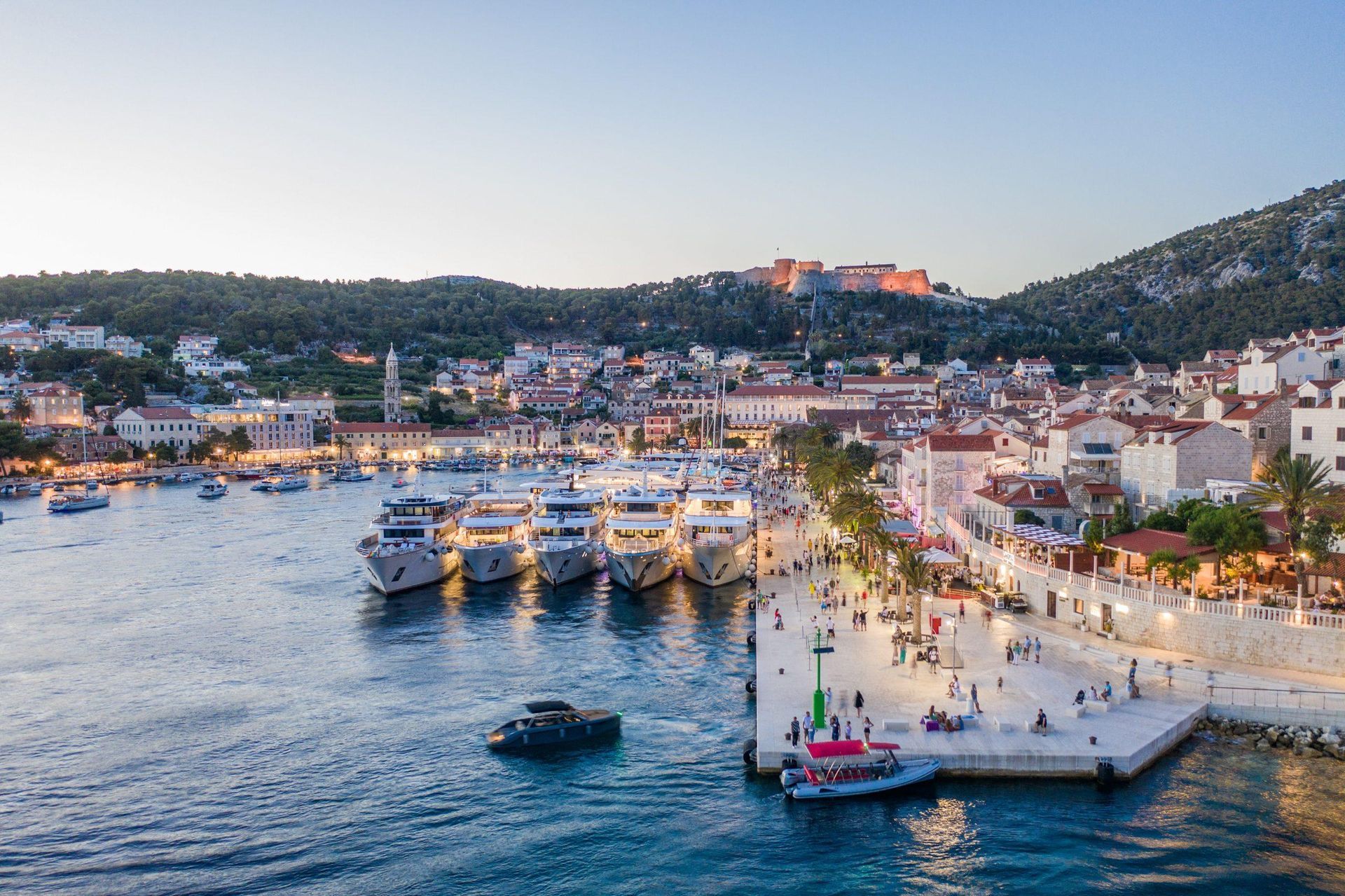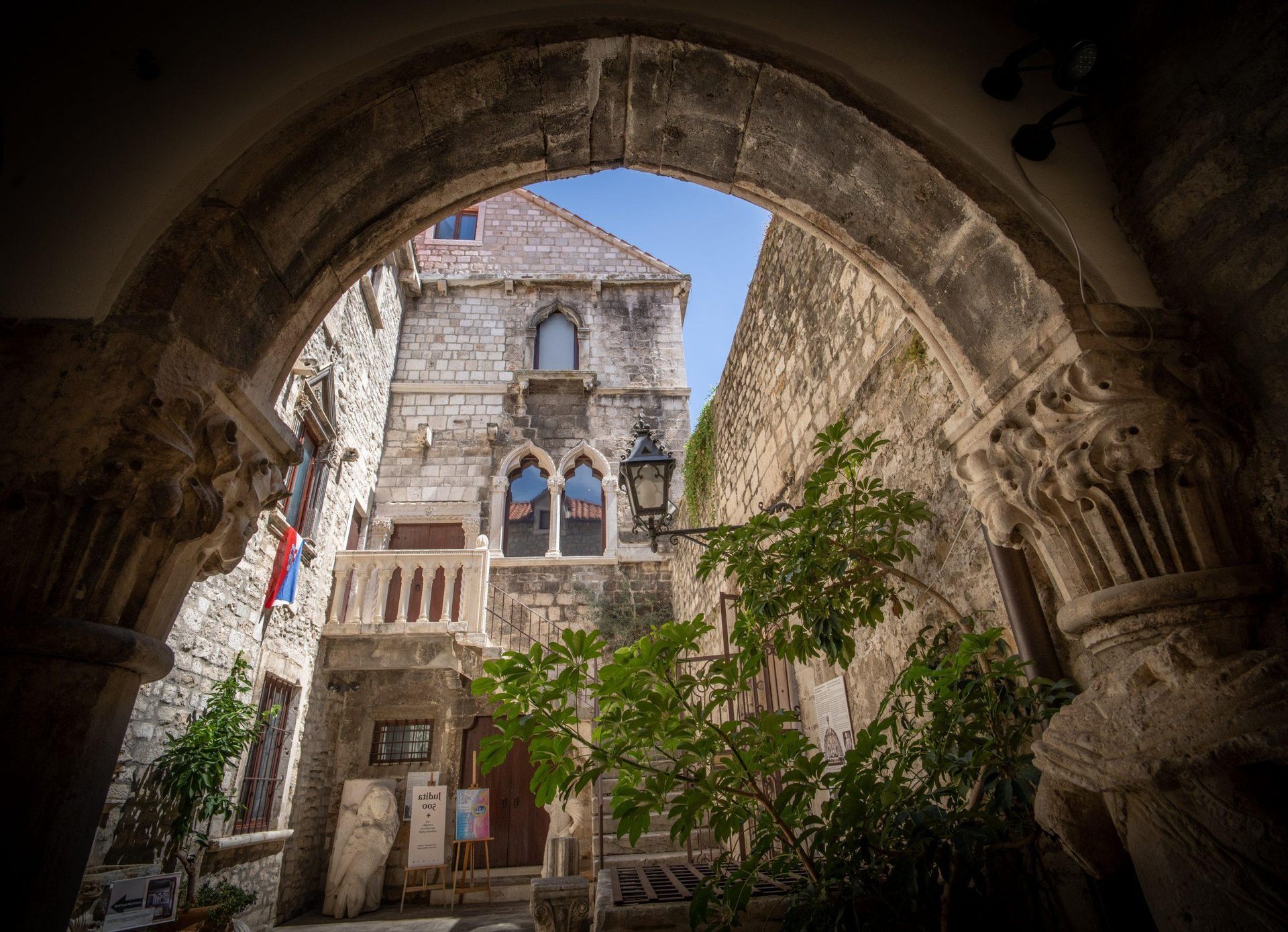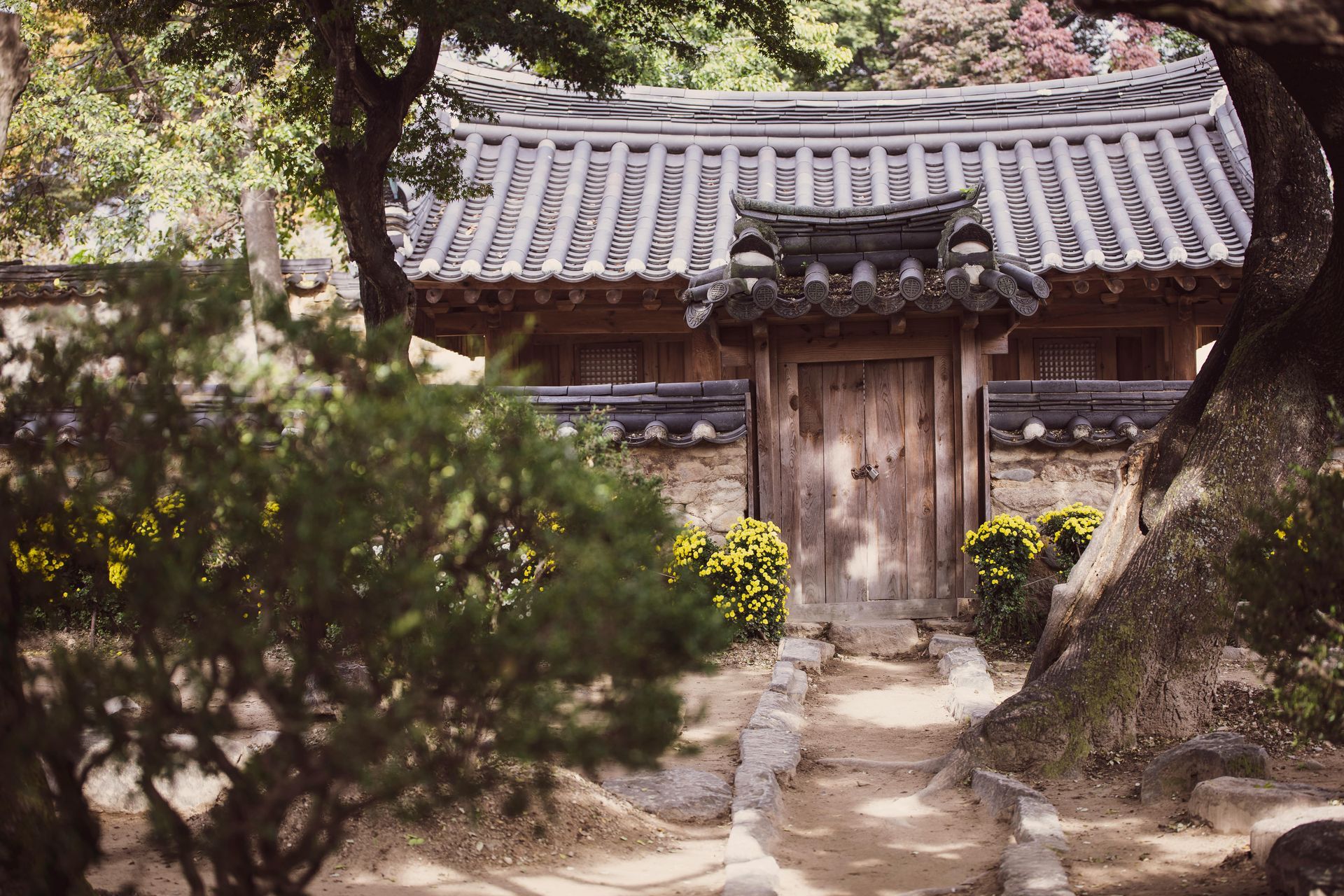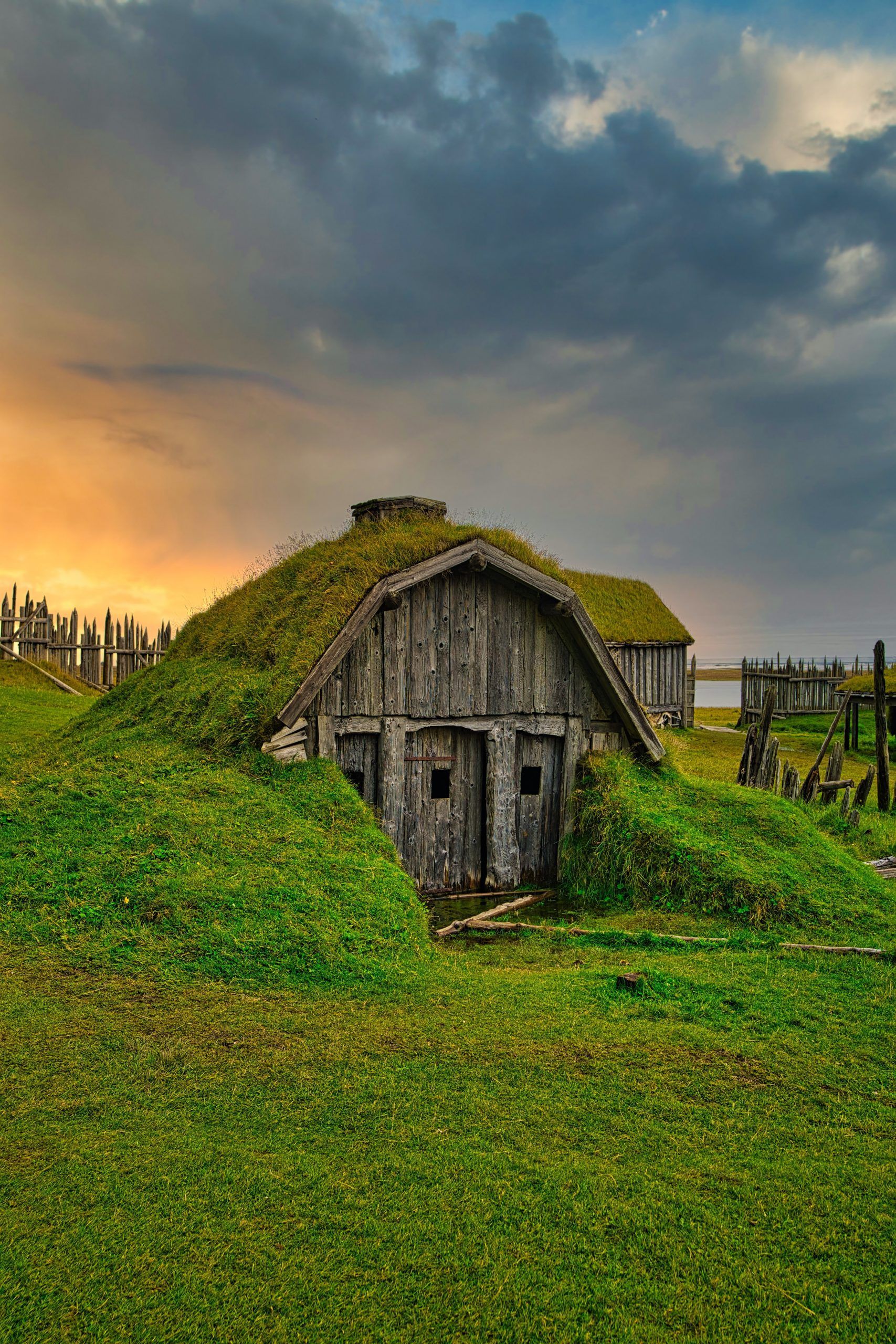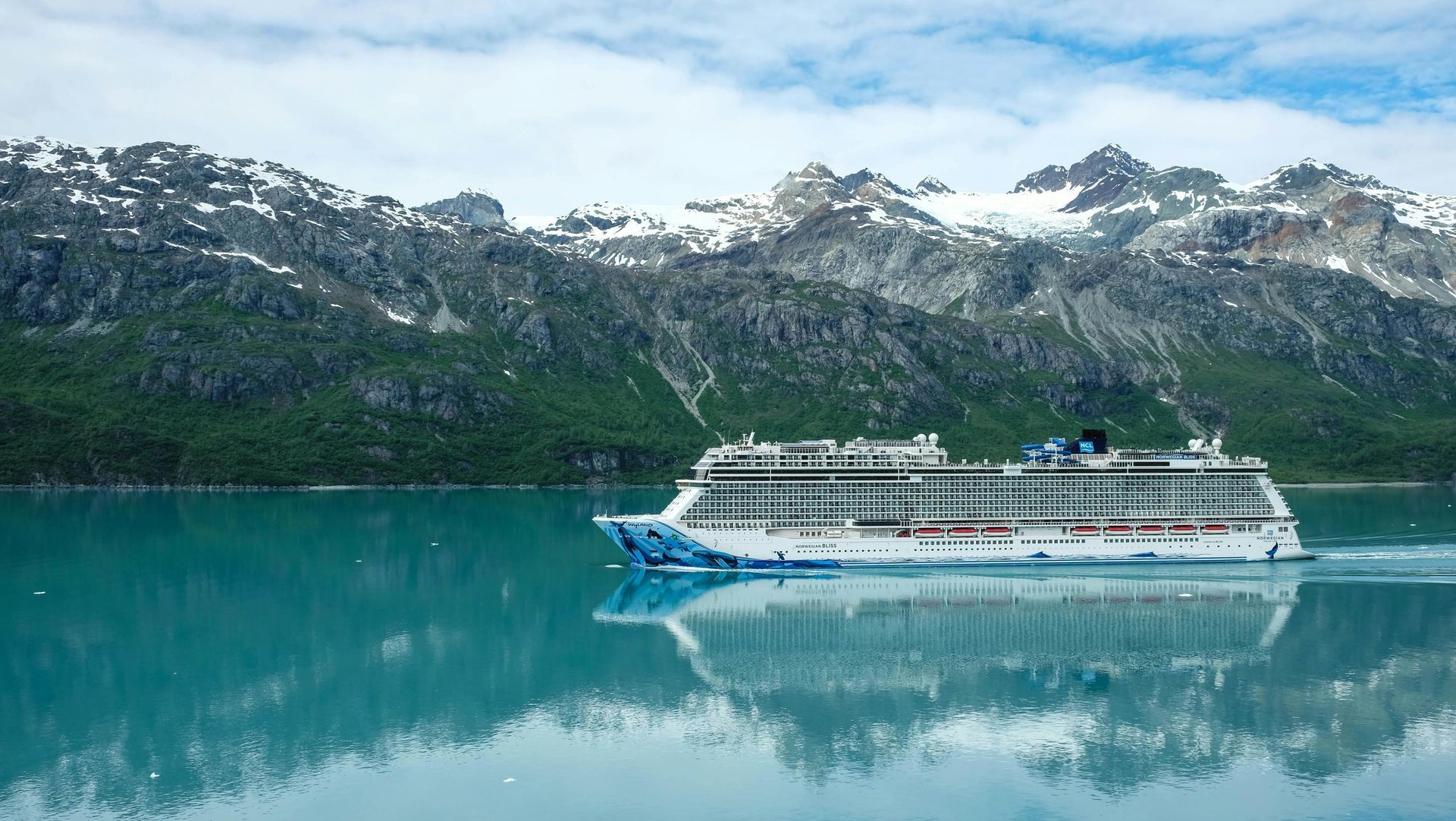South Korea: A culinary and culturally immersive dream
Beauty of South Korea
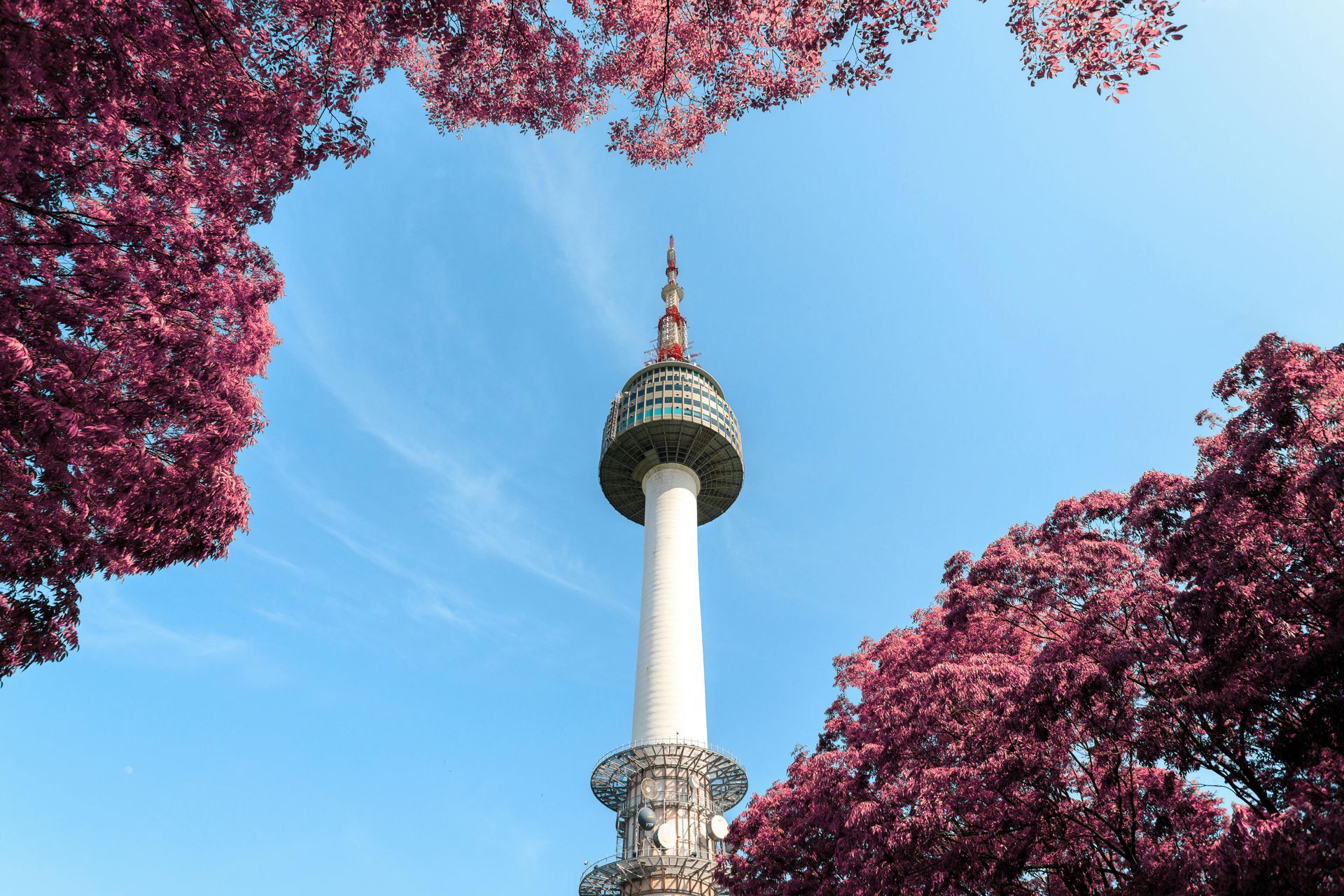
Introduction to South Korea: The Perfect Destination for Culinary and Cultural Explorers
South Korea is a land of contrasts and harmony, where ancient traditions meet modern innovations, and every corner brims with flavor and vibrance. For cultural and culinary explorers, it’s a dream destination, inviting travelers to experience an immersive blend of history, innovation, and unique flavors. This guide will introduce why South Korea should be at the top of your travel list, offering insights into must-visit cities, unmissable experiences, and essential tips for diving deep into Korean culture and cuisine.
Why South Korea? The Essence of Korean Culture and Cuisine
South Korea’s charm lies in its rich tapestry of customs, from the ornate hanbok (traditional Korean attire) to its communal dining culture that brings people together around sizzling grills and colorful side dishes. The Korean concept of "jeong," which translates to a deep emotional connection and generosity, pervades the country, enhancing hospitality and the warmth travelers experience. Whether you’re strolling through Seoul’s modern streets, hiking in the mountains, or exploring a traditional tea house, you’ll sense this spirit everywhere.
The country’s food culture is equally fascinating, featuring a balance of spicy, sweet, savory, and fermented flavors that transform each dish into an experience. Traditional Korean cuisine has evolved over thousands of years, shaped by influences from China, Japan, and beyond, yet retaining a unique identity that can only be described as unmistakably Korean.
Top Cities to Visit for Cultural and Culinary Immersion
Exploring South Korea’s diversity requires visiting several regions, each offering unique cultural landmarks, food specialties, and unforgettable experiences. Here’s a look at the top cities for an immersive experience:
1. Seoul: The Heartbeat of South Korea
As the country’s capital and largest city, Seoul is a dynamic blend of past and present. Ancient palaces like Gyeongbokgung and Changdeokgung stand amid towering skyscrapers and high-tech wonders. In Seoul, visitors can experience traditional tea ceremonies, witness a K-pop concert, or explore the famous Insadong district, where artists and craftspeople showcase centuries-old art forms.
Seoul is also a culinary hotspot, with everything from world-renowned fine dining to affordable, mouth-watering street food. Try famous dishes like samgyeopsal (grilled pork belly), tteokbokki (spicy rice cakes), and mandu (Korean dumplings) at bustling markets such as Gwangjang Market and Namdaemun Market.
2. Busan: Coastal Vibes and Seafood Delights
Located on South Korea’s southeastern coast, Busan is known for its stunning beaches, colorful temples, and vibrant seafood markets. Jagalchi Market, the country’s largest fish market, is a must-visit for any seafood lover. Here, you can sample freshly caught fish prepared on the spot or buy exotic seafood you’ve never seen before.
Busan also hosts the Busan International Film Festival (BIFF), which attracts film enthusiasts from around the world. Gamcheon Culture Village, a hillside community with brightly colored houses and quirky art installations, provides a picturesque view of the city and an opportunity to explore local artisan shops and cafes.
3. Jeonju: The Birthplace of Korean Cuisine
Known as the culinary capital of South Korea, Jeonju is famous for its bibimbap, a rice dish with mixed vegetables, meats, and the iconic spicy-sweet gochujang sauce. Jeonju’s Hanok Village offers a beautiful array of traditional houses where visitors can experience Korean culture hands-on by trying on hanbok, staying in hanok guesthouses, or making traditional crafts.
Beyond food, Jeonju’s commitment to preserving cultural heritage shines through its traditional arts, including paper-making and hanji (Korean paper) craftwork. Walking the cobblestone streets of Hanok Village, with its authentic architecture, is like stepping back in time.
4. Andong: A Journey Through Korean History and Tradition
For travelers interested in traditional Korean culture, Andong offers an unforgettable experience. The city is home to Hahoe Folk Village, a UNESCO World Heritage Site where villagers still live in traditional thatched-roof houses, practicing customs dating back centuries. The Andong Mask Festival, held each autumn, celebrates the city’s legacy of talchum (masked dance) with performances, workshops, and parades.
Andong’s cuisine is equally rooted in tradition, with dishes like jjimdak (braised chicken and vegetables) and heotjesabap (ritual rice served with an assortment of side dishes) that reflect the town’s rich cultural identity.
Culinary Essentials: A Taste of South Korea
South Korean food culture is built on communal dining and the balance of flavors and textures. Here are a few essential dishes to try on your journey:
- Kimchi: A quintessential fermented vegetable side dish, usually made with cabbage and spiced with red pepper, garlic, and ginger.
- Bulgogi: Marinated beef that is grilled to perfection, often enjoyed wrapped in lettuce leaves with garlic and gochujang.
- Sundubu-jjigae: A comforting, spicy tofu stew with a soft, creamy texture, often cooked with clams, pork, or mushrooms.
- Banchan: These are the small, flavorful side dishes that accompany most meals, including varieties of kimchi, seasoned vegetables, and marinated tofu.
Each of these dishes represents different facets of Korean culinary tradition, from preserving vegetables with fermentation to the delight of a sizzling grill.
Travel Tips for First-Time Visitors to South Korea
- Language: Although many Koreans understand basic English, learning a few Korean phrases can be immensely helpful. Apps like Papago (for translation) and Naver Maps (for navigation) are traveler-friendly tools.
- Cash vs. Card: Credit cards are widely accepted in cities, but smaller markets and traditional areas often prefer cash.
- Public Transportation: South Korea’s transportation is efficient and convenient. Get a T-Money card for easy use on buses, subways, and even taxis.
- Dining Etiquette: Korean meals are often shared. When dining with locals, wait for the eldest to begin eating, and pour drinks for each other rather than refilling your own glass.
Final Thoughts: Embark on Your South Korean Adventure
South Korea’s blend of ancient culture and modern energy makes it a perfect destination for travelers looking for something out of the ordinary. Each city has its own unique appeal, offering a variety of cultural experiences and culinary delights. From bustling Seoul and laid-back Busan to the traditional vibes of Jeonju and Andong, South Korea promises an immersive journey that satisfies both the soul and the taste buds. Ready your appetite and curiosity—South Korea awaits!

Ready to plan your next adventure?
All Rights Reserved | Setters Point Travels
